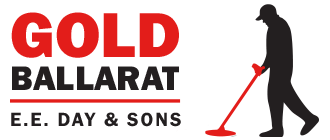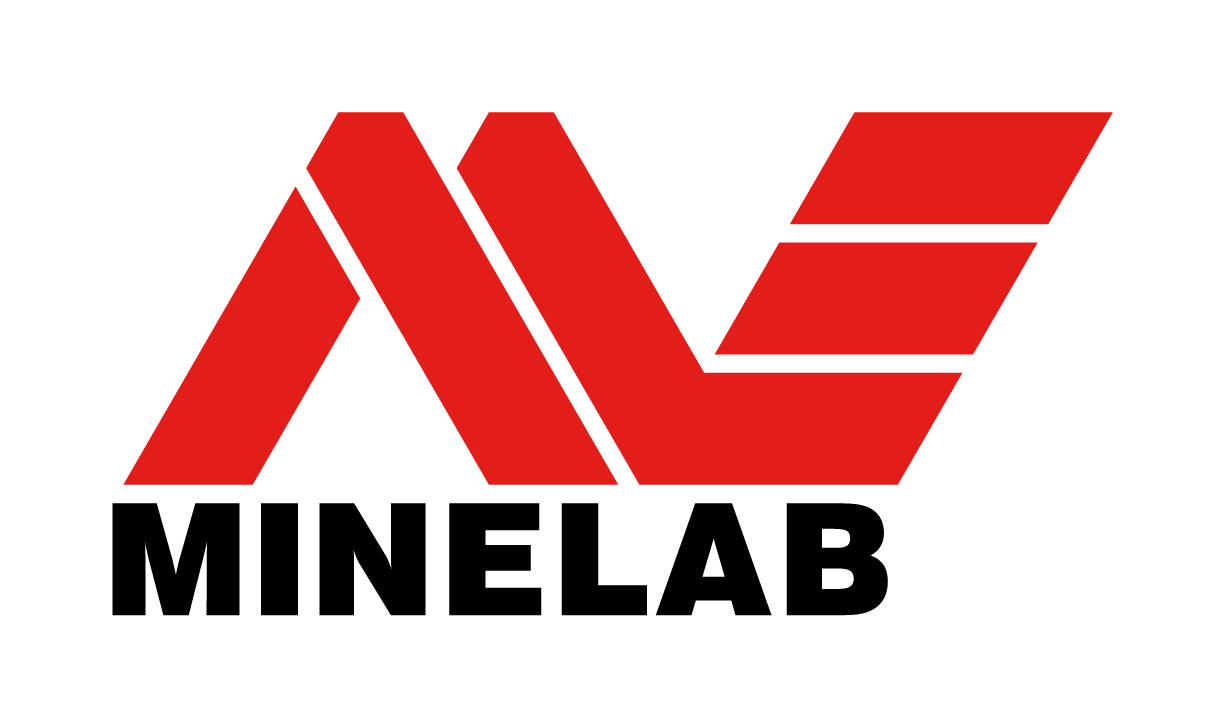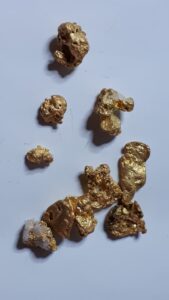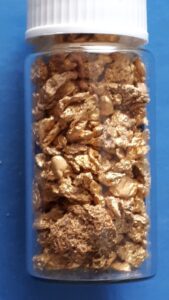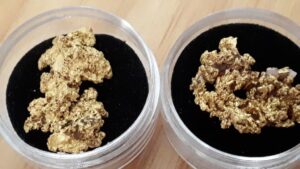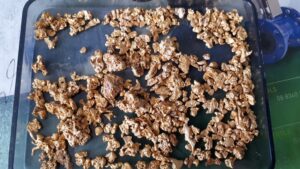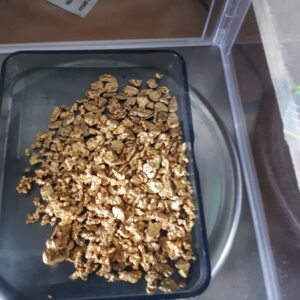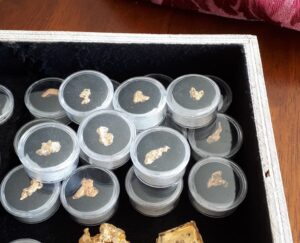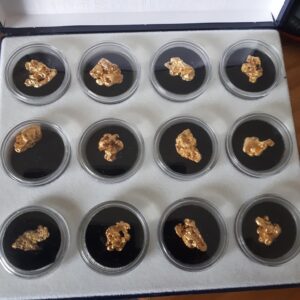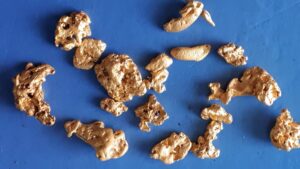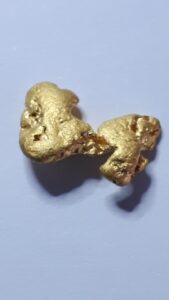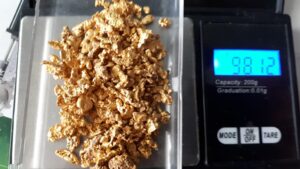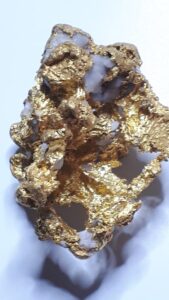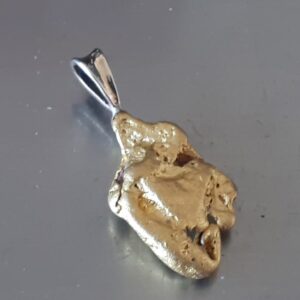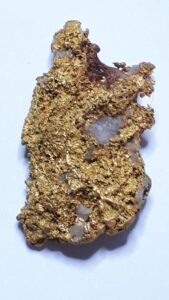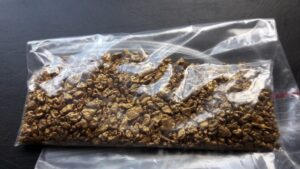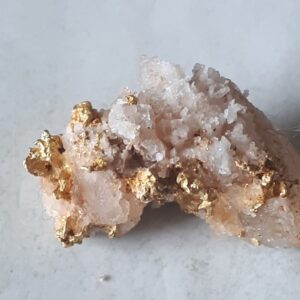Sell your Gold & Silver
We pay 10% under spot price for .999 pure metals.
Ballarat's Gold Buyer Australia will conduct business with integrity and provide you with a fair market price. Our established reputation assures you that your transaction will be handled in a professional and trustworthy manner.
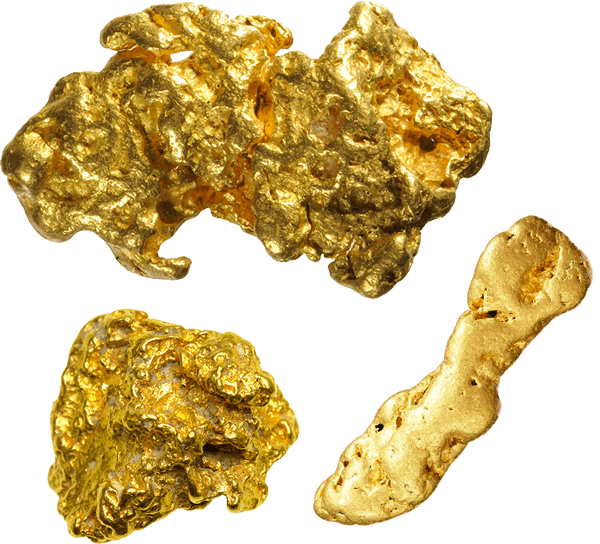
Servicing all of Australia
Based in Ballarat, VIC 3350. We service any inquiry from around Australia.
We're now receiving parcel post items from interstate.
GERARD VAN BEEK - GBA
Parcel Collect 10144 94228
628 Drummond Street South
Redan VIC 3350
Please call 0425 701 507 to arrange a viewing.
Thank you,
Gerard Gold Buyer
Please note a 5% additional fee will be incurred for all call-out appointments.
We still pay you more than pawn shops!
Our Services
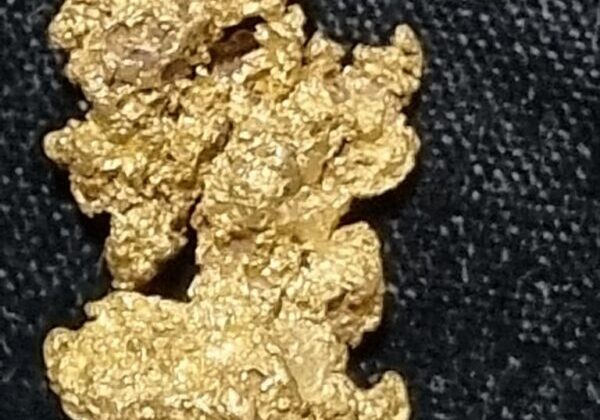
Spot Metal Prices (AUD/oz)
View the daily Australia spot price.
All scrap buying is based on this price.
We pay cash in hand!
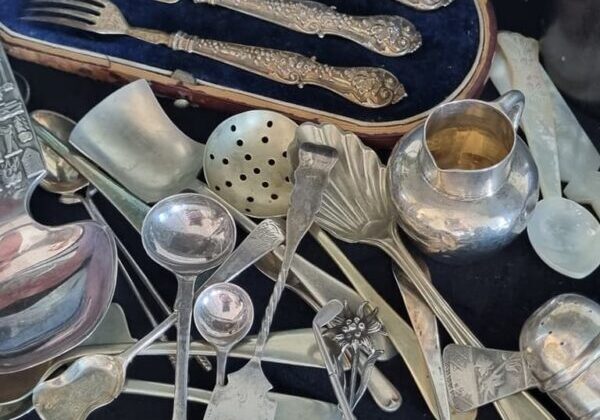
Scrap Gold & Silver Refining
Serving jewellers, goldsmiths, dentists, dental laboratories, industries and companies generating precious metal scrap, physics departments, pawn shops, metal detector hobbyists, and the general public.
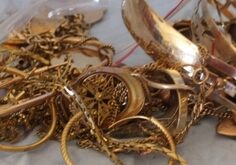
Smelting Service
We also have a smelting service for those who want to keep their gold or silver in ingot form for a minimal $50 service fee while you wait.
Some Hints on Gold
Carat/Karat Gold…What those stamps and numbers mean.
Is it K or ct or just a 3 digit number? The ‘ct’ is interchangeable with ‘K’ for karat. I’m from Australia so we use ‘ct’ like most Commonwealth countries. The term KARAT refers to the fineness of gold. The word CARAT usually refers to a weight, generally for gemstones but is also used for gold. All a bit confusing, but both are OK to use. The number refers to the fineness of gold in parts per 1000. All these marks are acceptable as it depends on where it was made.
Rarely you may see something different. The odd ones can be easily be calculated using following...
1 karat gold is 1 part in 24 gold.
So for instance 22ct or 22K is 22 parts in 24 of pure gold or 22/24ths or if you multiply 22/24 X 1000 you get 916 (916 parts per 1000) or 91.6% gold.
If you see a number, for example 625, divide it by 1000 and multiply by 24, it will give you the carat. 625 / 1000 x 24 = 15ct.
Gold comes in many colours depending on the other metals used in the alloy. The carat does NOT change because of the colour. The amount of gold is the same. White, Rose and other are just variations in colour.
ALL gold is stamped or hallmarked with its quality when it is made as required by that countries government, however it’s not unusual to find that marks can be lost through wear or repair. If you are buying an unmarked piece of gold make sure you get an unconditional money back guarantee from the seller as to gold carat or the piece. Then have it checked.
When looking for gold hallmarks make sure that certain marks are NOT on the piece. Things like EP, GP, HGP, (Electroplate, gold plate, hard gold plate ) and “rolled”. As the names might suggest, these are NOT solid gold.
A few other numbers to avoid, unless you are into silver, are 800, 925, 950 as these are all silver marks.
Please note
We are not a jeweler and that the above guide is just that, a guide. I am a pawnbroker antique dealer with 40 years experience. If you want professional advice go to a jeweller.

